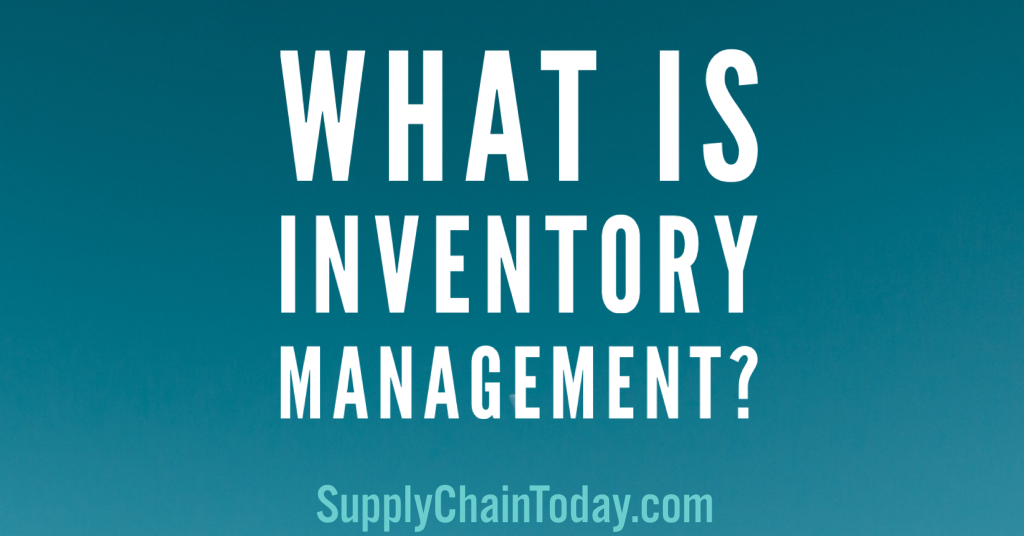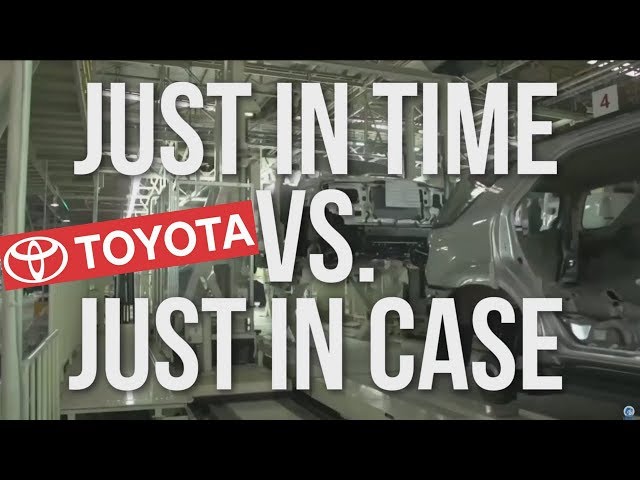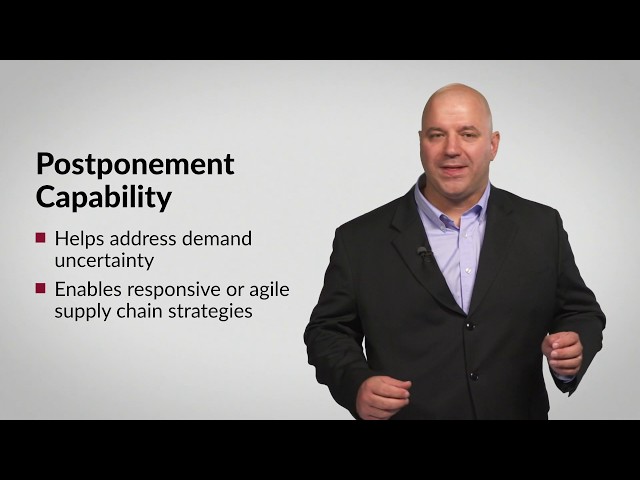What Is Inventory Management?
Inventory management is the process of tracking and controlling the flow of goods, from the point of production or procurement to the point of sale. It involves identifying and analyzing inventory needs, forecasting future demand, and making decisions about how much inventory to keep on hand and when to order more.
Effective inventory management is critical for businesses because it helps to ensure that the right products are available to meet customer demand, while also minimizing costs associated with excess or obsolete inventory.
There are several key aspects of inventory management, including:
- Inventory planning: This involves forecasting future demand for products and determining how much inventory to keep on hand to meet that demand.
- Inventory control: This involves tracking the movement of goods through the supply chain and making adjustments to inventory levels as needed.
- Inventory replenishment: This involves deciding when and how much to order to replenish inventory levels.
- Inventory tracking: This involves accurately tracking inventory levels and movements to ensure that accurate records are kept and that inventory is available when needed.
Overall, effective inventory management is essential for businesses to ensure that they have the right products available to meet customer demand, while also minimizing costs associated with excess or obsolete inventory.
Here are the basics to inventory management.
What is inventory carrying/holding cost?
Inventory holding cost, also known as carrying cost, is the total cost associated with holding or storing inventory over a given period of time. It includes a variety of expenses, such as the cost of the physical space required to store the inventory, the cost of insurance and security, and the cost of any financing or borrowing required to fund the inventory.
Companies should care about inventory holding cost because it can have a significant impact on their profitability. If a company has too much inventory, it may incur high holding costs that cut into its profits. On the other hand, if a company has too little inventory, it may miss out on sales opportunities or incur higher production or procurement costs to meet customer demand. Therefore, it is important for companies to carefully manage their inventory levels and minimize their inventory holding costs.
There are several strategies that companies can use to manage their inventory holding costs, such as implementing just-in-time inventory systems, using data analytics to optimize inventory levels, and negotiating favorable terms with suppliers. By carefully managing their inventory holding costs, companies can improve their profitability and remain competitive in the market.
Pros and Cons of Inventory Management
Inventory management is the process of overseeing the flow of goods, from the point of procurement to the point of sale. It is an important aspect of supply chain management, as it helps organizations ensure that they have the right products in the right quantities at the right time to meet customer demand. Here are some potential benefits and drawbacks of inventory management:
Pros:
- Improved efficiency: By managing inventory levels effectively, organizations can reduce waste and improve efficiency in the production and distribution process.
- Reduced costs: Proper inventory management can help reduce inventory carrying costs, such as storage and insurance fees, as well as the risk of inventory loss or damage.
- Improved customer satisfaction: By having the right products in stock and available for purchase, organizations can improve customer satisfaction and reduce the risk of lost sales.
Cons:
- High costs: Maintaining an inventory can be expensive, as it involves carrying costs such as storage and insurance fees.
- Risk of excess inventory: If demand for a product falls, organizations may be left with excess inventory that they are unable to sell, resulting in lost investments.
- Complexity: Inventory management can be a complex process, particularly for large or diverse organizations.
- Limited accuracy: Accurate inventory management relies on accurate demand forecasting, which can be difficult to achieve with certainty.
Cost Savings: Inventory Management
Inventory management can help a company to save money in a number of ways:
- Reduced inventory carrying costs: By minimizing the amount of inventory on hand, a company can reduce the costs associated with storing, handling, and insuring inventory.
- Improved cash flow: By reducing inventory levels, a company can free up cash that was tied up in inventory, which can be used for other purposes or invested in the business.
- Reduced risk of inventory obsolescence: By carefully managing inventory levels and turnover, a company can reduce the risk of having outdated or unsellable inventory, which can save money on write-offs or discounts.
- Enhanced customer satisfaction: By having the right products available when customers need them, inventory management can help to enhance customer satisfaction and loyalty.
- Increased revenue: By optimizing inventory levels, a company may be able to increase its production or service levels, which can lead to increased revenue and profits.
Overall, inventory management can help a company to save money by reducing inventory carrying costs, improving cash flow, reducing the risk of inventory obsolescence, enhancing customer satisfaction, and increasing revenue.
Further Learning on Inventory Management
Inventory management is important in supply chain and manufacturing for a number of reasons, including:
- To reduce costs: Inventory can be a significant cost for businesses, so it is important to manage it effectively. By reducing the amount of inventory, businesses can save on storage costs, handling costs, and obsolescence costs.
- To improve customer service: When businesses have the right amount of inventory on hand, they can meet customer demand promptly and consistently. This can help to improve customer satisfaction and loyalty.
- To optimize the supply chain: Inventory management can help to optimize the supply chain by ensuring that goods are moved efficiently and effectively from suppliers to manufacturers to retailers. This can help to reduce lead times and improve cash flow.
- To comply with regulations: In some industries, there are regulations that govern inventory levels. For example, the pharmaceutical industry is required to keep track of the expiration dates of its products. By managing inventory effectively, businesses can ensure that they are in compliance with these regulations.
- To reduce risk: Inventory management can help to reduce risk by minimizing the chances of stockouts and overstocks. Stockouts can lead to lost sales and customer dissatisfaction, while overstocks can lead to carrying costs and obsolescence. By managing inventory effectively, businesses can reduce these risks.
Overall, inventory management is an important part of supply chain and manufacturing management. By managing inventory effectively, businesses can improve their bottom line, improve customer service, and optimize their supply chain.
Here are some specific examples of how inventory management can be used in supply chain and manufacturing:
- A manufacturer can use inventory management to ensure that it has the right amount of raw materials on hand to meet production demand.
- A retailer can use inventory management to ensure that it has the right amount of products on the shelves to meet customer demand.
- A logistics company can use inventory management to ensure that it has the right amount of inventory in the right place at the right time.
- A pharmaceutical company can use inventory management to ensure that it has the right amount of drugs on hand to meet patient demand.
By using inventory management effectively, businesses can improve their efficiency, profitability, and customer satisfaction.
Here are some additional benefits of effective inventory management:
- Increased agility: By having the right amount of inventory on hand, businesses can respond quickly to changes in demand.
- Improved cash flow: By reducing the amount of inventory, businesses can free up cash that can be used for other purposes.
- Reduced risk: By minimizing the chances of stockouts and overstocks, businesses can reduce their risk of financial losses.
- Increased compliance: By managing inventory effectively, businesses can ensure that they are in compliance with regulations.
Overall, effective inventory management is essential for businesses of all sizes. By managing their inventory effectively, businesses can improve their bottom line, improve customer service, and reduce risk.
Inventory Management Quotes
“The goal is not to improve one measurement in isolation. The goal is to reduce operational expenses AND reduce inventories and increase throughput simultaneously.” ~Eliyahu M. Goldratt
“The more inventory a company has, the less likely they will have what they need.” ~Taiichi Ohno
“A good rule in organizational analysis is that no meeting of the minds is really reached until we talk of specific actions or decisions. We can talk of who is responsible for budgets, or inventory, or quality, but little is settled. It is only when we get down to the action words-measure, compute, prepare, check, endorse, recommend, approve-that we can make clear who is to do what.” ~Joseph M. Juran
“Converting a classic batch-and-queue production system to continuous flow with effective pull by the customer will double labor productivity all the way through the system (for direct, managerial, and technical workers, from raw materials to delivered product) while cutting production throughput times by 90 percent and reducing inventories in the system by 90 percent as well.” ~James P. Womack
“There are two ways to extend a business. Take inventory of what you’re good at and extend out from your skills. Or determine what your customers need and work backward, even if it requires learning new skills. Kindle is an example of working backward.” ~Jeff Bezos
“The inventory, the value of my company, walks out the door every evening.” ~Bill Gates
Inventory Management and Supply Chain Training.
- Agile Project Management with Kanban.
- Day in the Life – Supply Chain Operations.
- Dilbert Lean Six Sigma.
- Dominos Supply Chain.
- Indra Nooyi, PepsiCo CEO. Doug McMillon, Walmart CEO.
- Lean, Kaizen, and Continuous Improvement.
- Procurement Training, Purchasing Training, Supply Chain Management Training.
- Supply Chain Information and Resources.
- Supply Chain Inventory Optimization.
What is Just in Time (JIT): Smartest Production System in The World
How to Eliminate Cost in the Supply Chain.
What is Demand Forecasting.
5 Amazing Warehouse Robots for Fulfilment and Distribution Centers.
What is Inventory Planning?
What is Warehouse Design and Layout?
ABC Analysis in Inventory Management
What is Supply Chain Postponement Strategy?









